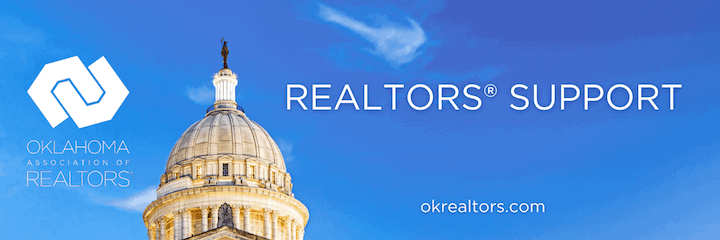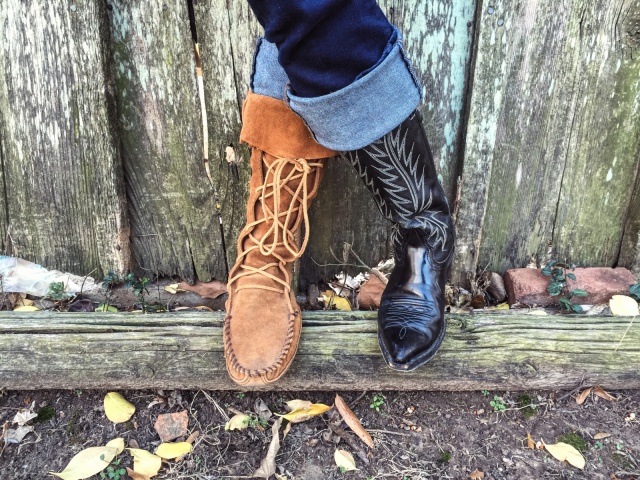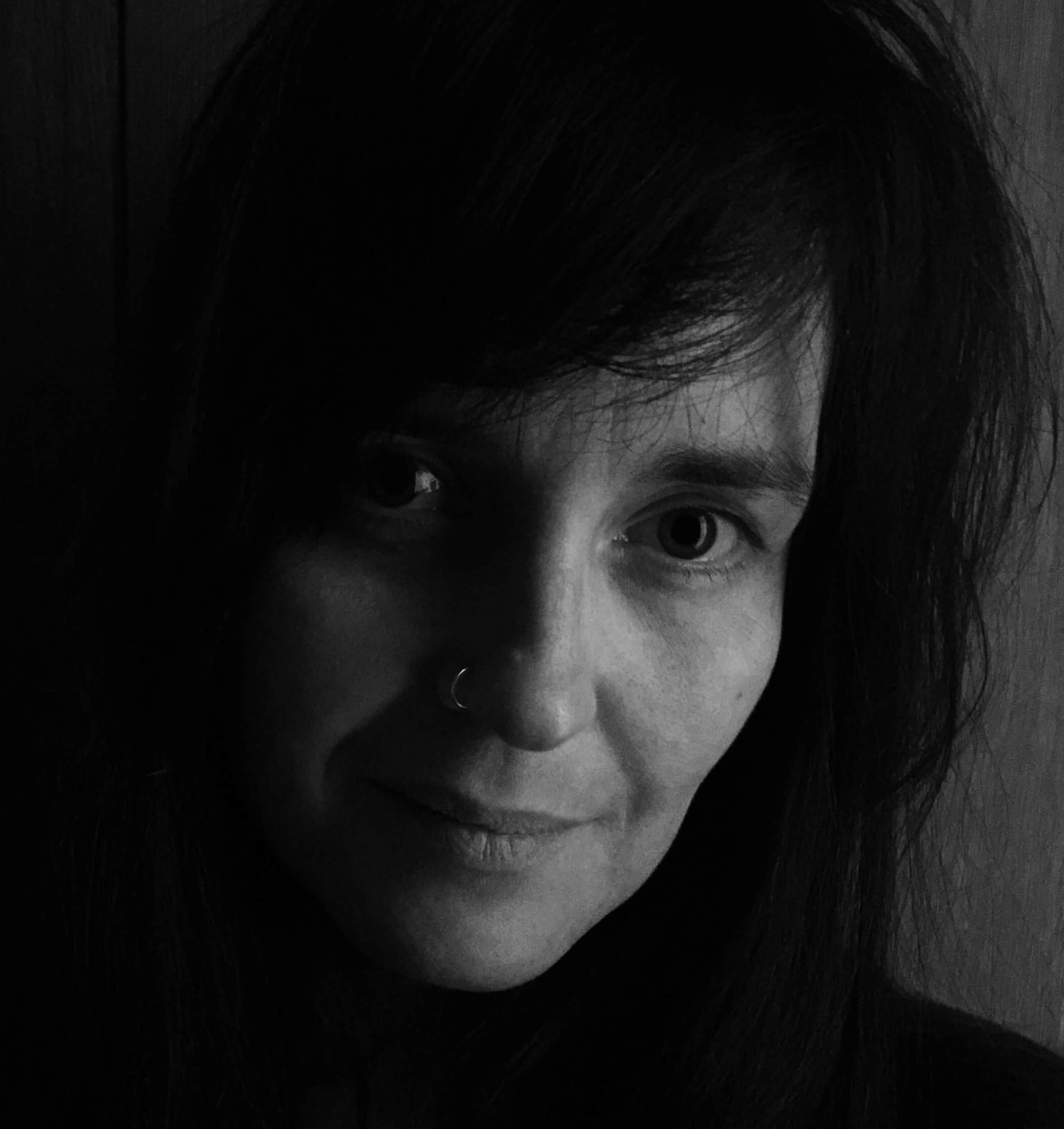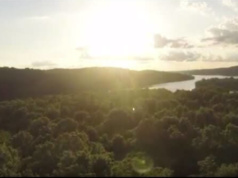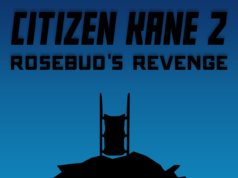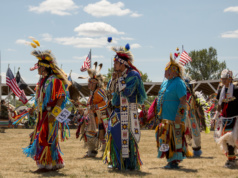
The Native American is historically pedigreed. Its bloodlines bound through hundreds of years and generations, and lopes straight as I-40. Not so with the American Cowboy. Here, history zigzags, revealing how Spaniards and Native Americans formed the early American Cowboy: the Mestizos, the Criollos, the vaqueros. Russell Freedman says, “It is the cowboy whose fabled reputation we remember, while the vaquero has all but disappeared from history.”
The romantic icon we know today appears relatively new on the scene of humanity. What isn’t new to us is the historic conflicts, and Hollywood cinema, that deeply divided the American West into a split personality: Cowboys vs. Indians.
How Hollywood stereotyped Native Americans & Cowboys
With respect to the fundamental fact that one set of cultures is rooted in bloodlines and the other in a lifestyle, the two identities share a vital commonality in the American West: the hybrid culture, the amalgamation of Indian and cowboy. We’re horses of a different color with feet in both worlds.
Home to the Red Earth Festival and the National Cowboy & Western Heritage Museum (formerly the Cowboy Hall of Fame), Oklahoma sits as the quintessential geographical intersection of the American Indian and the American Cowboy. Often, the intersection is genetic, too. Case in point: Will Rogers, Cherokee Indian and celebrated cowboy. How many of us share a similar junction in our personal history?
According to Ancestry.com, a lot of us are navigating through the cultural intersections in our family albums.
“Over the past three years, our registered users have created over 70 million family trees containing more than 6 billion profiles,” the site says.
My family tree is laden with Lowes, Cherokee names ubiquitous to the Dawes Roll, and Earps, famed Marshalls of the O.K. Corral. I am daughter to both the American Indian and the American Cowboy. To embrace the multicultural history of our ancestors is one way to sidestep nation-sized dissociative disorders and anemic sociological definitions. In the spectrum of Western history, there is a particular and understandable concern about definitions and labels. Russell Means, activist and label-buster, cuts through them all: “Everyone who’s born in the Western Hemisphere is a Native American. We are all Native Americans.”
But fragments of a split personality disorder still surface in places like Netflix. A recent release, The Ridiculous 6, by pulp producer Adam Sandler popped up in my queue this December and reminded me that the cowboy/girl and Indian in my world aren’t yet free from anachronisms.
Peter Iversen, author of When Indians Became Cowboys, has this to say: “Rather than seeing the white rancher … and Indian … communities as traditional cultures, frozen in time and devoid of imagination or the ability to change, we must understand them as changing, flexible cultural groups who can play a crucial role in the urban world of the twenty-first century.”
In 2000, the Cowboy Hall of Fame changed its name to include the American Indian. Does that reflect the sort of afterthought we’re used to seeing nationwide, or is it crucial leadership in Oklahoma?
Maybe it was a couple of hybrids clacking away on Ancestry.com, finding their feet.
